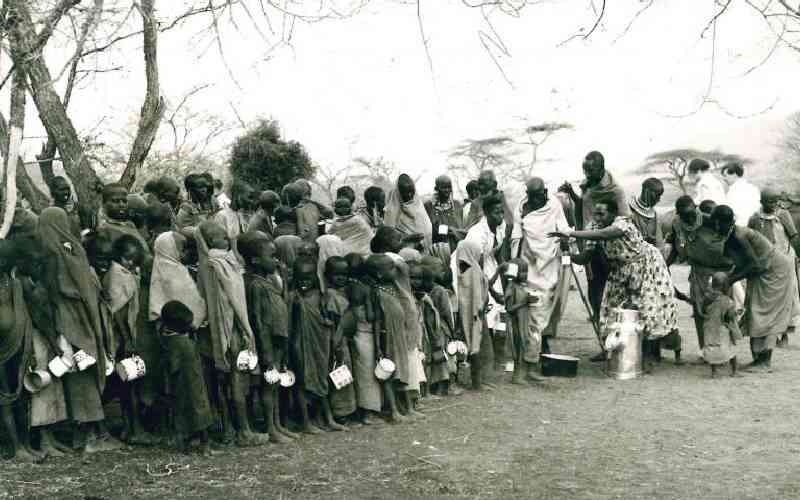×
The Standard e-Paper
Kenya’s Boldest Voice

Food insecurity continues to persist in northern Kenya despite several initiatives over the years aimed at improving the lives of millions of residents experiencing prolonged drought.
This is according to a new report by the Commission on Revenue Allocation (CRA) detailing several economic and social indicators in the 47 counties, including contribution to the country’s gross domestic product (GDP).